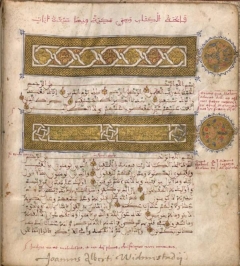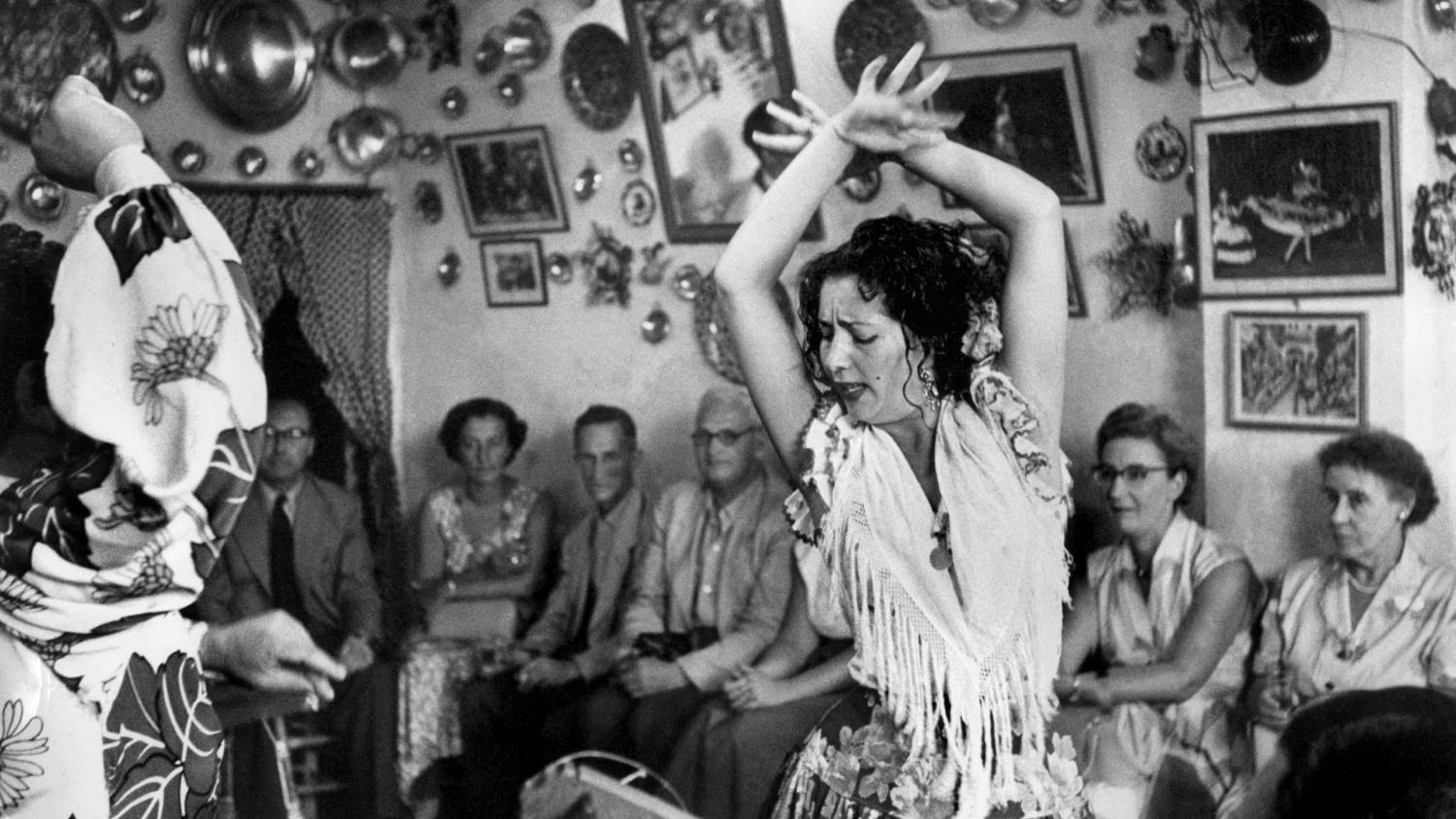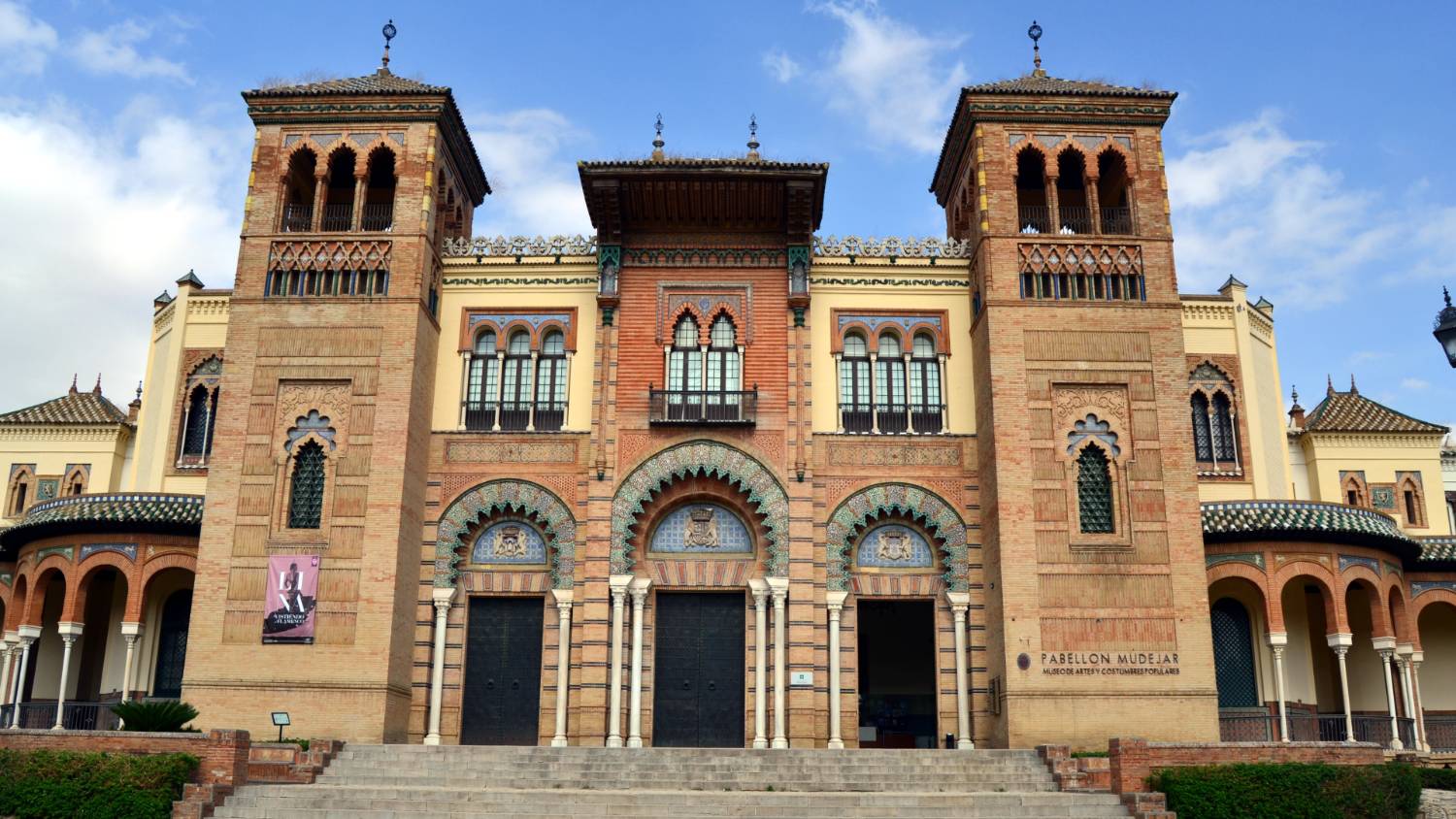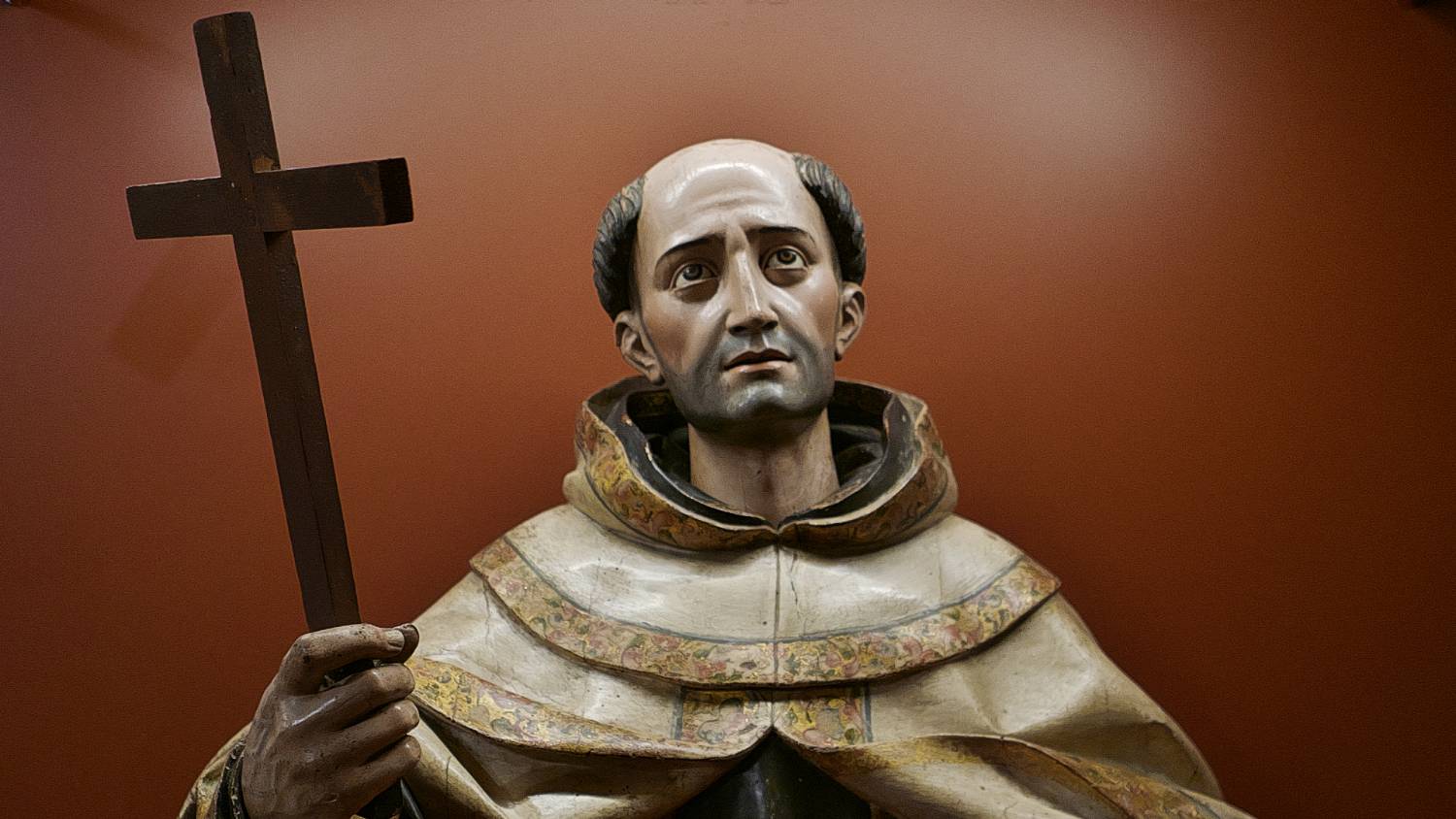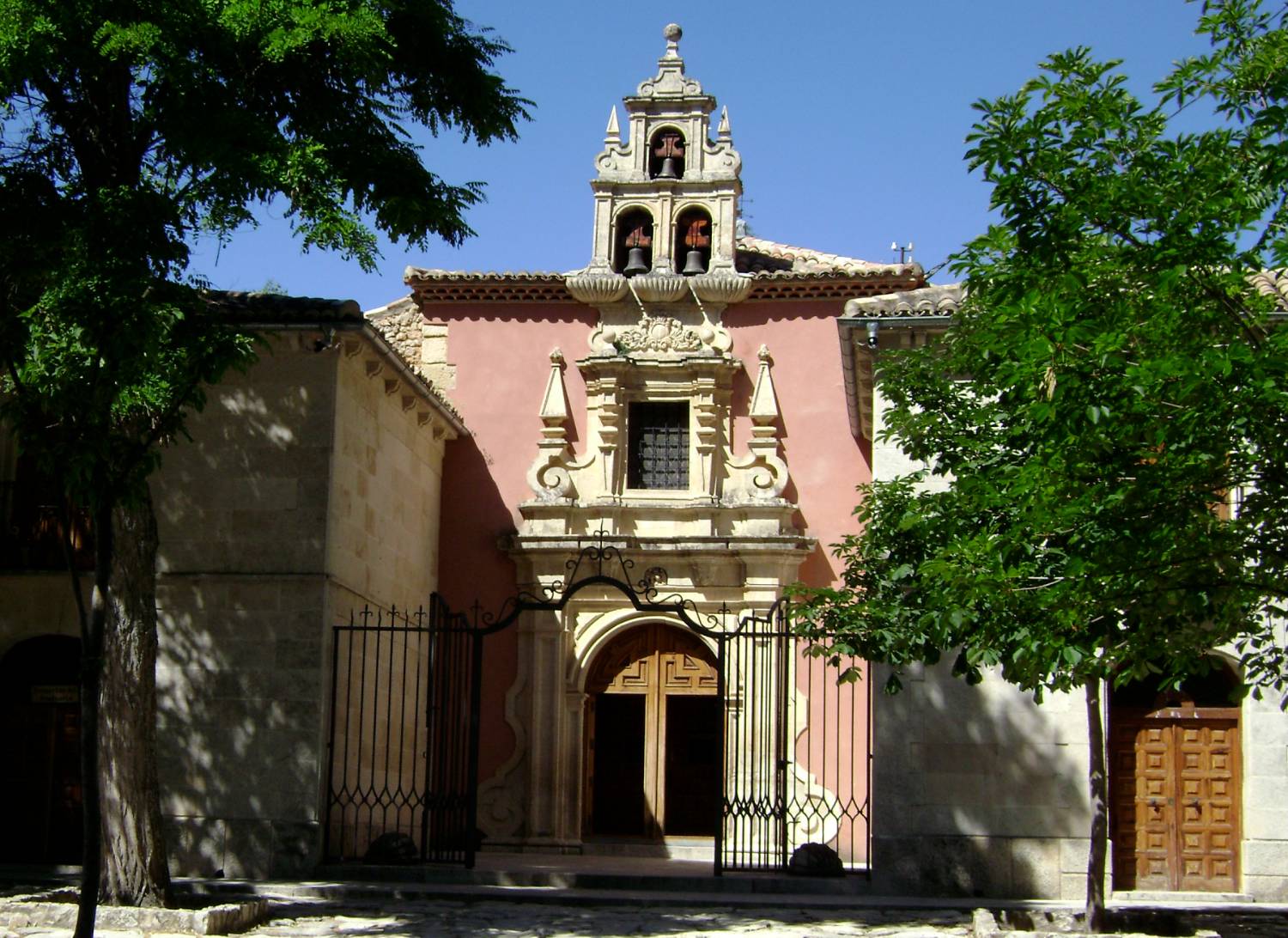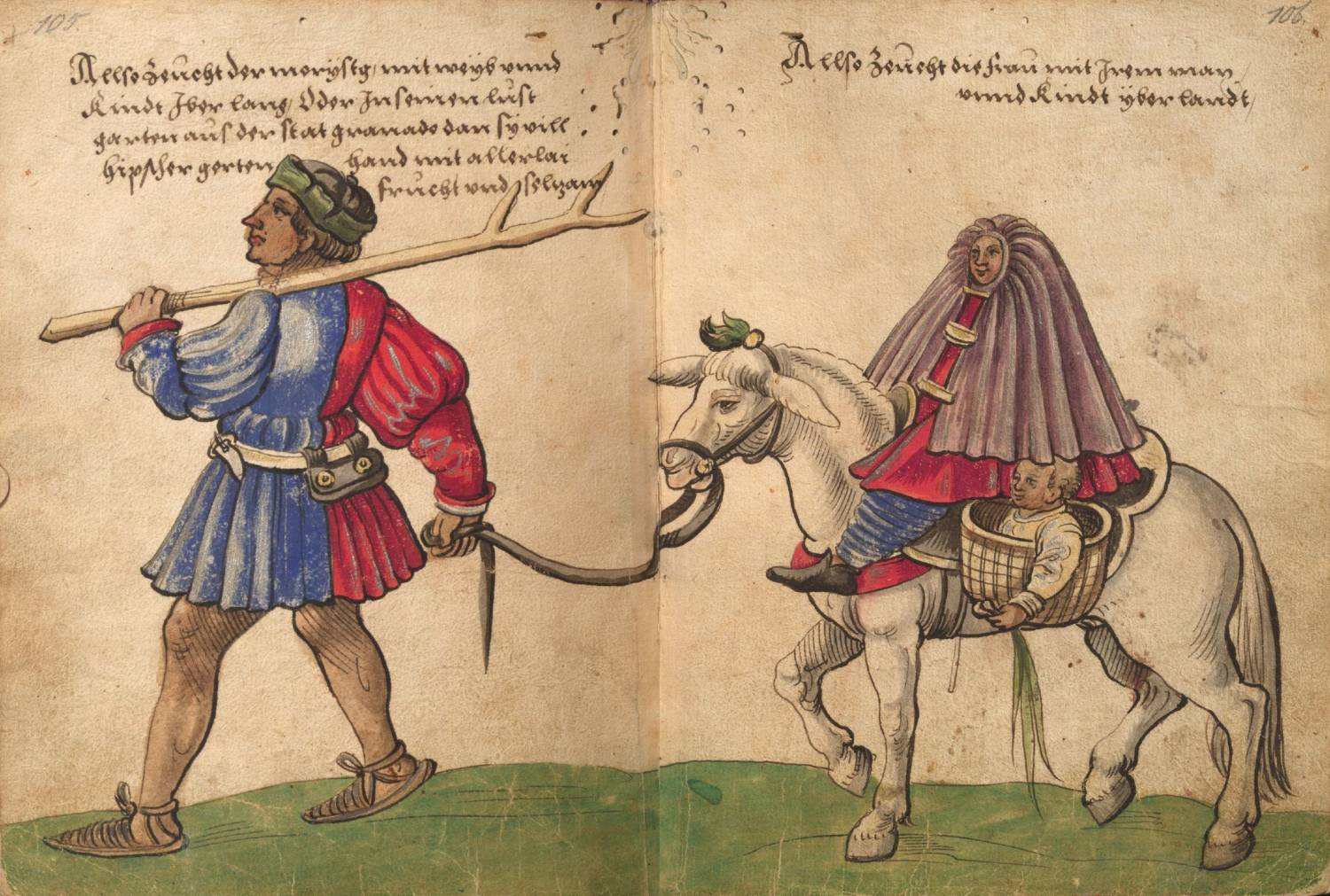Virgin Mary, Sufism and flamenco: Lost Muslim influences in Spain

The Virgin Mary has a uniquely exalted place within Islam - an overlooked and sometimes simplified commonality between Islam and Christianity, particularly Catholicism.
Both Abrahamic faiths designate Mary or Maryam as the mother of Jesus and both revere her as one of the greatest women in their respective traditions.
It is no surprise then that in lands historically shared by Christians and Muslims there is a tradition of devotional practices common to both faiths, particularly in the land of "la convivencia" (coexistence), or Al Andalus.
Stay informed with MEE's newsletters
Sign up to get the latest alerts, insights and analysis, starting with Turkey Unpacked
The name "Al Andalus" refers to the collective of Muslim-ruled taifas, or mini-Islamic kingdoms, in the Iberian Peninsula between 711 and 1492 CE, whose boundaries constantly changed as the Christian conquest of the region, or Reconquista, progressed.
Christian control over Spain was followed by the vicious and merciless Inquisition, which started in 1478 and only disbanded in 1834.
Those in charge of the Inquisition sought to expunge Spain of anything that was deemed not Spanish or Christian. Many of the victims of these attacks and investigations were native Iberian Jews and Muslims.
The persecution of these groups was formative in the creation of Spanish identity, as one rooted firmly in Christianity.
Ultimately, it did not matter where you were born, if you did not abide by the Inquisition’s stringent brand of Catholicism, you were not Spanish.
It was the Inquisition that forced many Muslims and Jews underground, as crypto-Muslims and Jews - people who outwardly practiced Catholicism but held to their original religions in secret.
Notably, it was during this period of forced occultation that many of the customs, traditions and art styles associated with Spain manifested.
They include the mudejar architecture, which dominates Spanish towns and cities. The word "mudejar" comes from the Arabic mudajjan, meaning subjugated or domesticated, and refers to the group of Muslims who remained in Iberia after the Inquisition.
There is also flamenco, which many anthropologists say is etymologically derived from the Arabic term "falah mengu" meaning "wandering peasant" in Arabic.
Flamenco as we know it today arose in the early 18th century at the height of the Inquisition, in towns in Baja Andalusia, as an amalgamation of the musical traditions of oppressed Arabs, Sephardic Jews and Gitanos (Gypsies).
Arguably, the imprint of Islam, Arabs and the Inquisition has not only marked Spain’s place names and buildings, but the very religious disposition that it ironically sought to instil and preserve, the way even modern-day Spaniards practice their faith.
Anyone who is familiar with the Spanish brand of Catholicism knows too well the multiple devotions of the Virgin Mary that are held sacred in this part of the Mediterranean.
Golden flower-strewn effigies are regally paraded through the streets, from "la Virgen del Carmen" to "la Virgen de las Angustias" during their feast days.
Moreover, the reverence of sainthood is also culturally pervasive; every town and city in Spain has a patron saint, and a typical Spanish family will celebrate their saint’s day with as equal significance as their birthday.
Sufi influences
One of the arguments for this unique religious character is its roots in "tasawuf" or Sufism, a tradition within Islam that prevails to this day in certain communities in North Africa.
Sufism is characterised by ritualism and esotericism; sacred areas or institutions are known as zawiyas, and are periodically visited by groups of devotees or brotherhoods known as tariqas. Zawiyas often form around the tombs of past Sufi teachers or saints.
A prime example of this is the visitation of the tomb of Sidi Boumediene (Abu Madyan) in Tlemcen, Algeria. Incidentally, Sidi Boumediene was a key founder of Sufism in the Maghreb region, and born in Ishbiliya, modern-day Sevilla, in Andalusia.
In the historic region of Al Andalus, you could find these zawiyas throughout its territory and find its parallel in the devotion many Andalusians have towards various depictions or devotions of the Virgin Mary.
One such devotion to the Virgin Mary, called "la Romeria de la Virgen de Fuente Clara", is based on a legend in which Mary appears to the soldiers of Rey Santo during the conquest of Seville in around 1248.
Some scholars of Al Andalus claim that before being taken over by Catholics, the site of the pilgrimage allegedly belonged to the tomb of a Sufi saint.
Similar to the Sufi tradition of visiting tombs, the romeria is a pilgrimage, where devotees make their way by foot and horse, accompanied by illustrious caravans, to a particular holy site, often covering long distances.
These devotions are usually organised by cofradias, which are voluntary groups of laymen dedicated to the preservation of religious sites, and hermandades (brotherhoods).
That style of organisation also offers compelling similarity to the way Sufi tariqas and zawiyas were organised in the region, something academic Francisco Botella Maldonado alludes to in his book Las llaves escondidas de Al Andalus (The Hidden Keys of Al Andalus).
Another inextricable link between the Sufism of Al Andalus and its illustrations in latter-day Catholic Spain is the story of San Juan de la Cruz (St John of the Cross), a prolific Spanish priest and mystic.
Luce Lopez-Baralt, a professor at the University of Puerto Rico, proposes that the poetry and teachings of St John were directly influenced by Muslim mystics such as the Andalusian scholar Ibn Arabi.
St John's esoteric poem, Ascenso al Carmelo (Climbing Mount Carmel) and Ibn Arabi’s Futuhat al Makkiyya (The Meccan Illumination) both evoke the idea of ridding oneself of the idea of truth in our earthly lives and instead understanding that only God is the ultimate truth.
St John’s writings come centuries after Ibn Arabi, and highlight a key tenet of Sufi Islam, "fana" (to cease to exist), which alludes to extinguishing one’s ego to seek closeness to God.
It is a near certainty that St John picked up most of his Sufi lore from the moriscos (Muslim converts to Christianity), or even his own mother, Catalina Alvarez, who was a morisca herself.
Convergence of cultures
A final anecdote to present is the story of "La Ermita de Nuestra Senora de las Angustias"(Hermitage of Our Lady of Sorrows), founded in 1720 in the coastal town of Nerja, Malaga, and commissioned by the fascinating Bernarda Maria Alferez Velasco, who married into the wealthy Lopez de Alcantara family.
What is unique and ironic about Alferez Velasco is that she was a crypto-Muslim, and as a result was unscrupulously investigated by the courts of the Inquisition in a scandal that spanned over two years.
Her land and possessions were seized and she was forced to wear a sambenito (a penitential garment used to signal heretics during the Inquisition). She was ultimately spared execution because of her noble stature.
We can infer that the arguable Muslim influence on La Virgen de la Fuente Clara or St John of the Cross’s writings is a result of the convergence of different cultures and how they symbiotically influence one another.
But, it begs the question, why would a Muslim woman build a chapel devoted to the Virgin Mary? Some argue that she simply followed the instructions and influence of her husband, Lopez Enrique, a powerful and ageing Christian. However, he died in 1713, years before the consecration of the hermitage.
Bernarda may have found it both comforting and a form of disguise to manifest this explicit and very outward display of devotion to the Virgin Mary, which she could reconcile with her own Islamic faith.
Considering the sanctification of Jesus as the son of God contravenes tawhid, or the oneness of God, in Islam, the veneration of Mary may not have had the same sense of sacrilege for a Muslim.
Moreover, these sincere adorations of the Virgin Mary were not uncommon amongst the morisco population at the time of the Inquisition, possibly as a way of disguising their faith.
Fundamentally, amongst these anecdotes and anthropological theories, one thing is clear: the veneration of the Virgin Mary is a shared one amongst Christians and Muslims.
And more poignantly, Al Andalus is not something that exclusively belongs to the “Muslims” or “Arabs”, but is something that continues to mark the contemporary Spanish religious character.
This article is available in French on Middle East Eye French edition.
Middle East Eye delivers independent and unrivalled coverage and analysis of the Middle East, North Africa and beyond. To learn more about republishing this content and the associated fees, please fill out this form. More about MEE can be found here.


